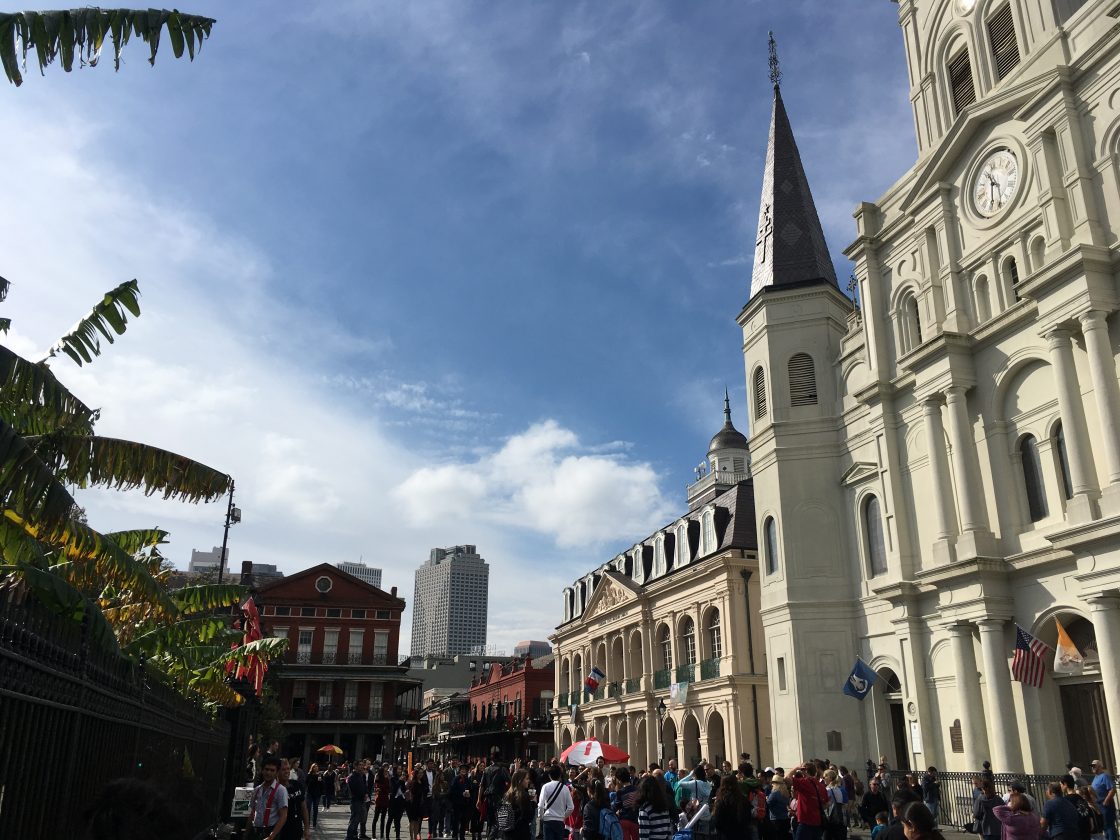New Orleans has always been a mystery to me. No matter how many visits I make I always seem to be seeing the place for the first time. This year’s lightening-fast Christmas, spent in part wandering the below-sea level streets of the (in)famous French Quarter, proved no different.
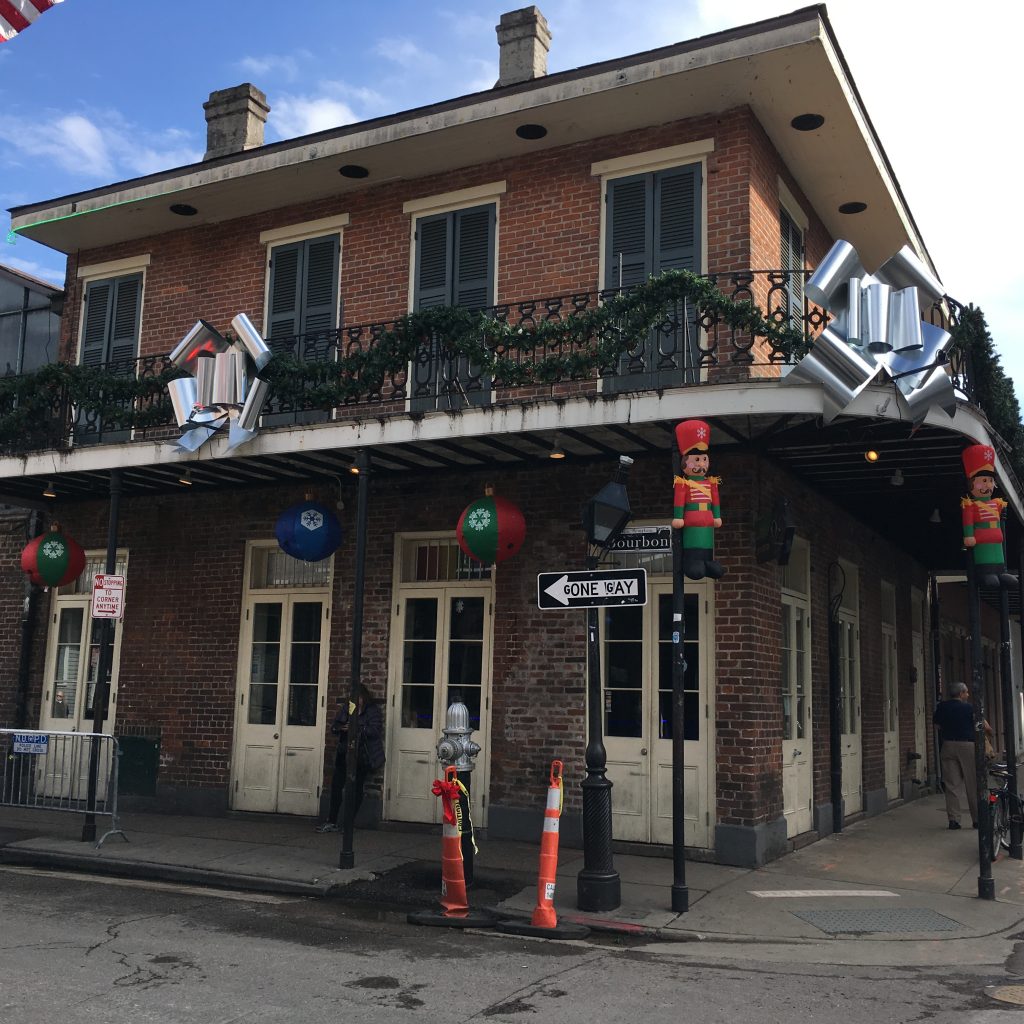
My family and I have deep ties to the city and its suburban surrounds, so while I’ve always felt comfortable in the Big Easy, it’s never been native to me. Truth be told, I’ve always snobbishly considered the place just a bit too stagnant to call home – some parts of the Napoleanic Code are still in force, for crying out loud.
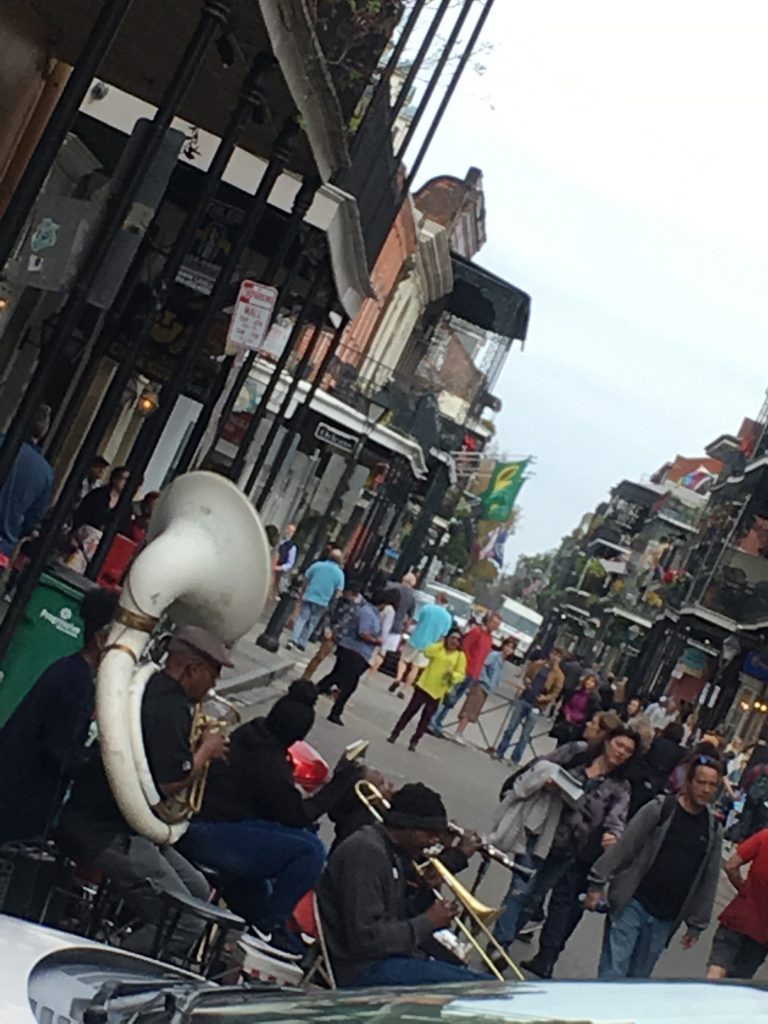
Seriously, though, New Orleans has more cultural, political, economic and criminal shadiness running through its veins than the average city. And this is a characteristic that tourists have been exploiting for years. Before Hurricane Katrina New Orleans equaled Bourbon Street. It was a place where out-of-towners could hear jazz and indulge in all the sinful desires and raucous behaviors they couldn’t display at home – a Southern Vegas.
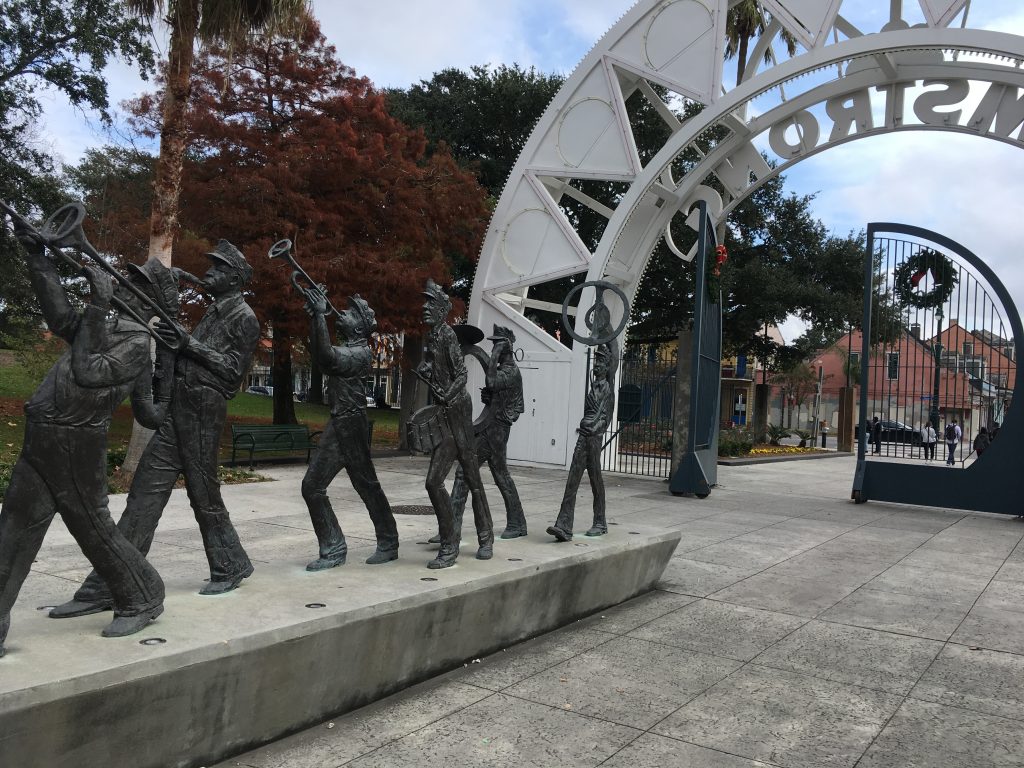
It’s still a destination for all this debauchery, but a few years post-Katrina, the city is once again home to working artists, tv and movie professionals and more hipsters than you can round up in one man bun. Ever a small community, more and more ‘locals’ now come from elsewhere – Seattle, Canada, Greece, New York, Nashville, Los Angeles.
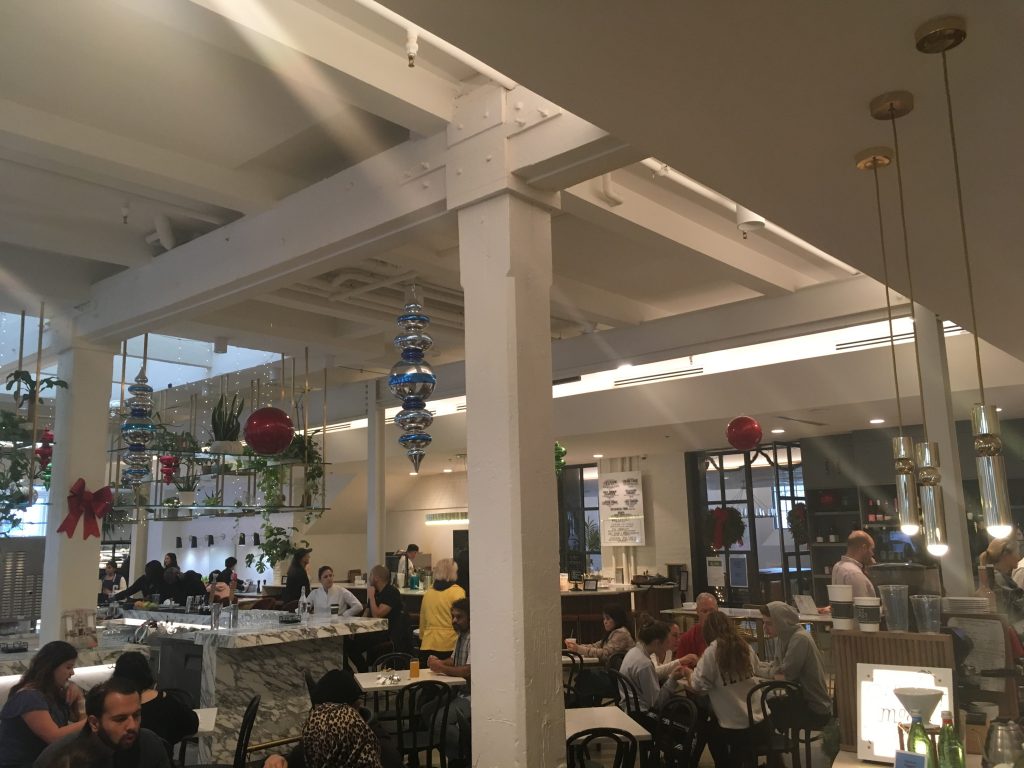
During this visit I met friends of my friends who are exactly these people: actors, writers, craftspeople (and also waiters, bartenders and uber drivers). Of all the outcomes of that historic storm, the dramatic de-population, selective re-building and flood of new, young, hip folks has perhaps been the most significant one. New Orleans is having a renaissance that, I’m embarrassed to say, makes me a bit thirsty to live there again.
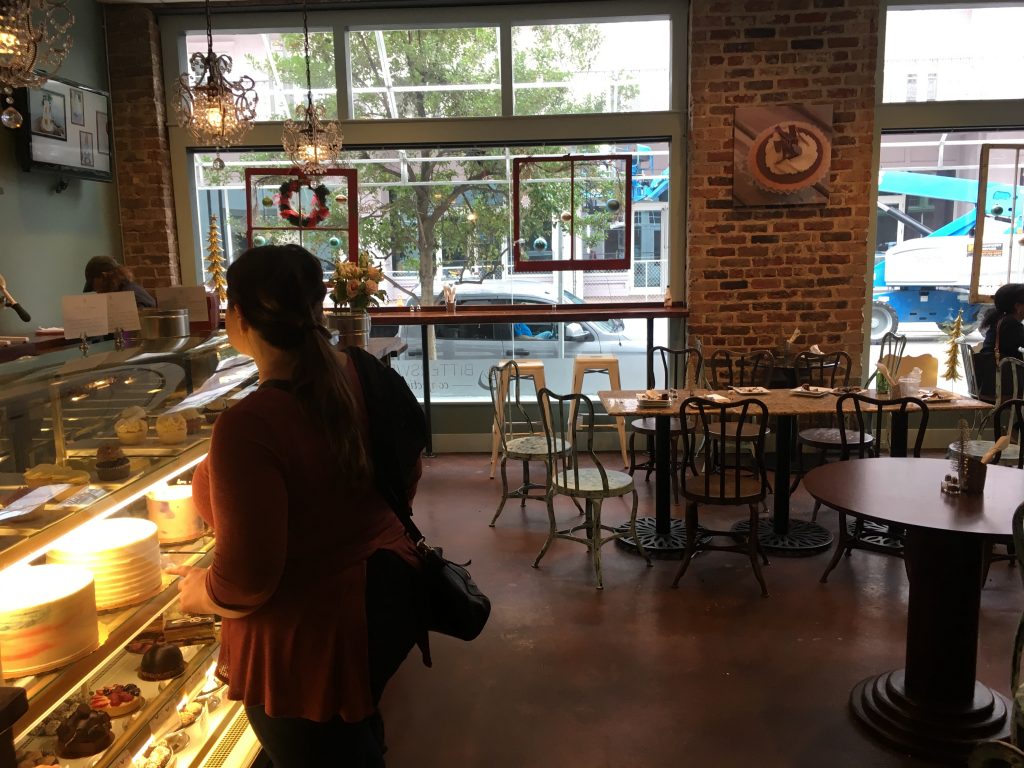
As I wandered the charming, smelly streets of the Quarter the day after Christmas, I was reminded of everything I’ve ever loved about this place: the history, the clash of colors and cultures, the ubiquitous French – Spanish – slave residue, the architecture, the food, the music that’s like air. It’s an undeniably delicious bubble of a place and dolled up for the holidays she’s prettier than usual.
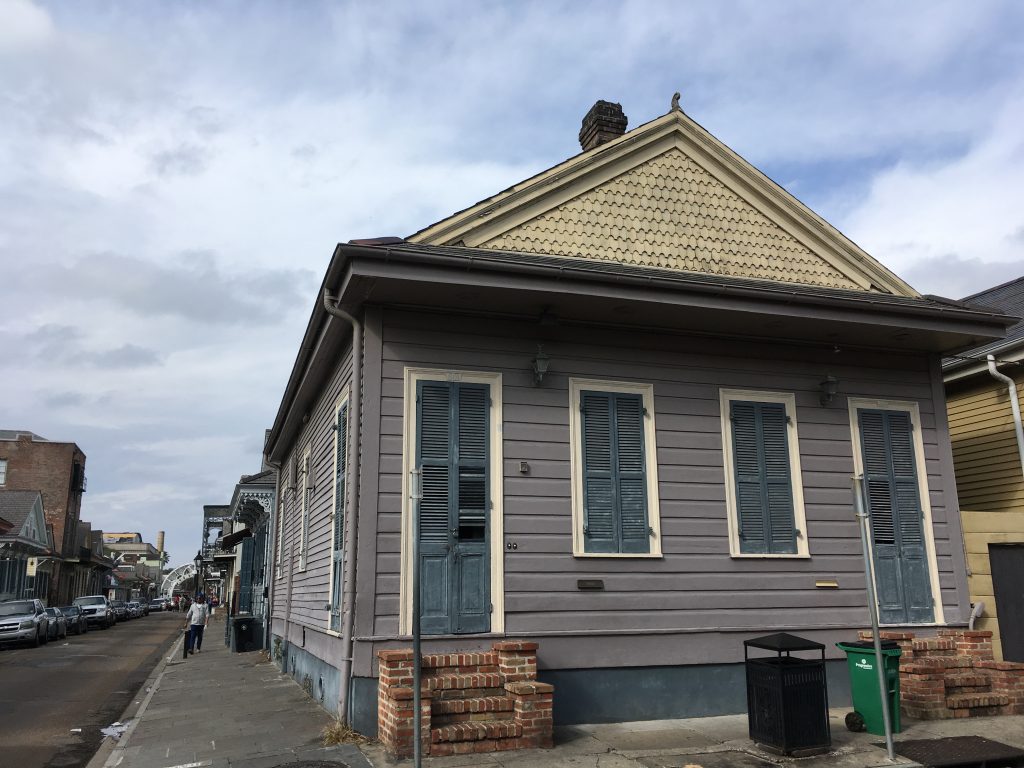
What’s funny is when I did live here, I couldn’t wait to leave, stifled by the lacking ambition of the place, annoyed by the slow pace of social progress, fearful of the rampant crime, underwhelmed by the low appreciation for the city’s incredibly rich American history. But saying prayers in St. Louis Cathedral in Jackson Square, all the feels are back. I love the tapestry – the crudeness, the odors, the lack of civility all mashed up with the culture, the style and the vibe that is unlike any other place.
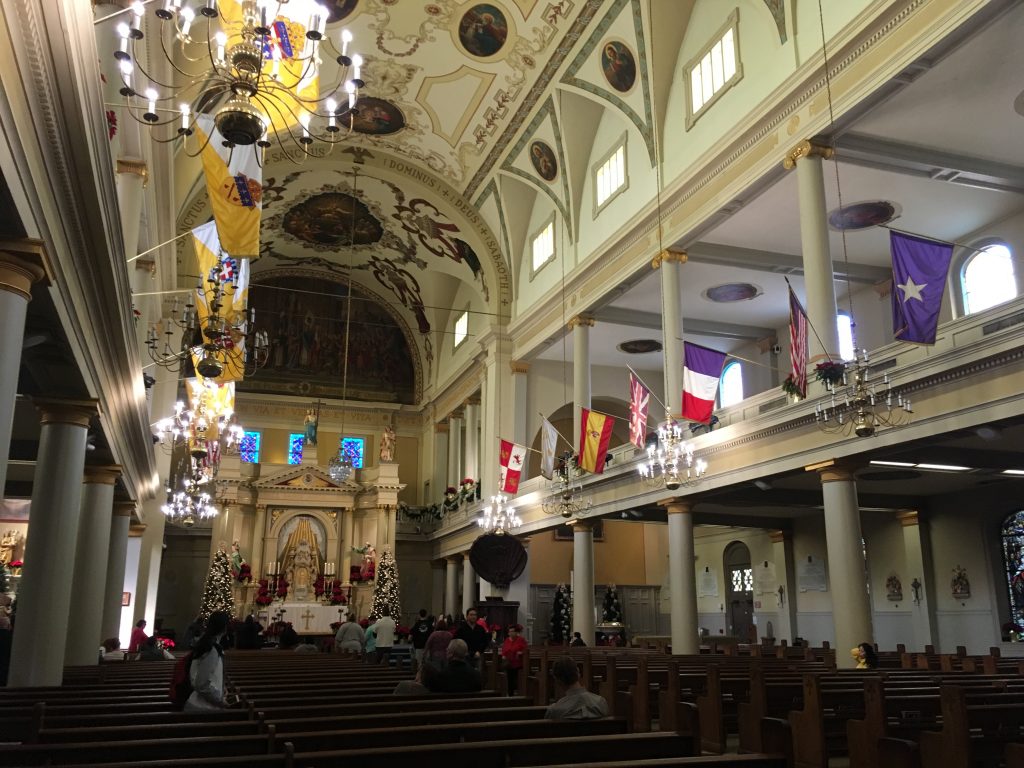
Tons of downtown condos and typical town homes were up for sale and I wondered aloud how much they’d cost, whether I could sabbatical there for six months and how much Airbnb traffic could I get, etc. I daydreamed of a morning ritual I might have: walking from my french wrought iron metal terrace down to Royal Street and around any corner to a favorite coffee haunt, reading The New York Times and writing a book destined to become a NYT Bestseller.
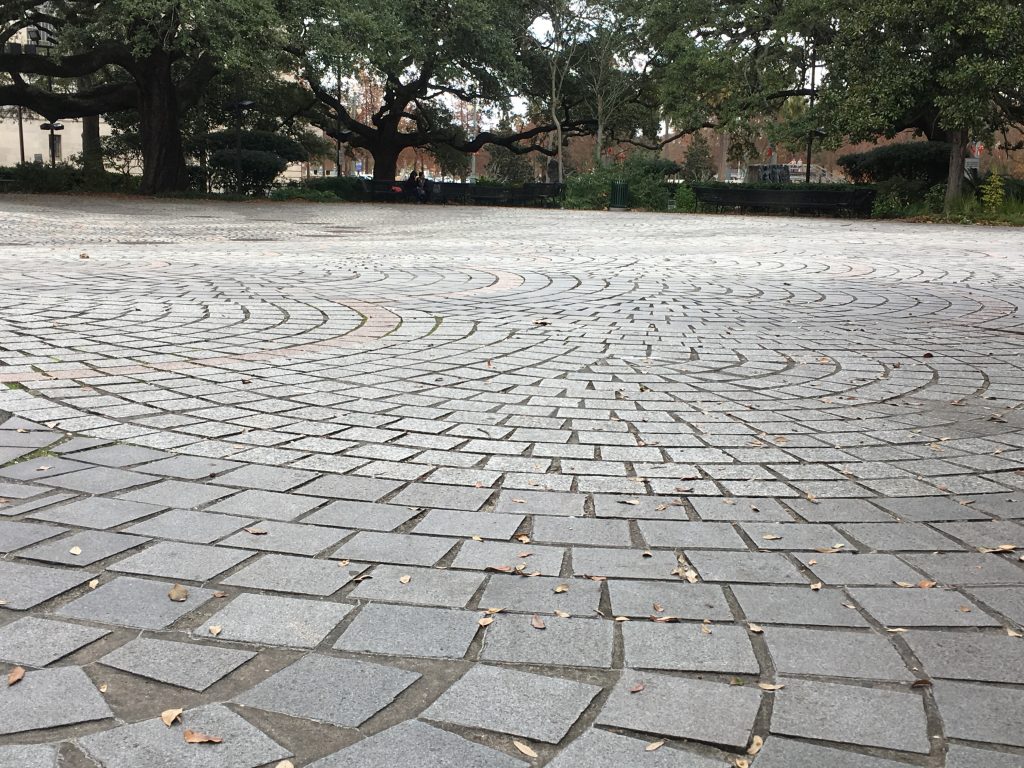
I was forced to consider: have I always loved it here or is the new New Orleans really more appealing to me?
I’ve written about gentrification before. It’s a subject that both fascinates and infuriates me, largely because it’s a polarizing reality that has as many useful results as it does disturbing ones. Where we each fall on the spectrum of gentrification love to gentrification hate is largely based on the level of benefit we each perceive mixed with our own personal social and economic/political perspective.
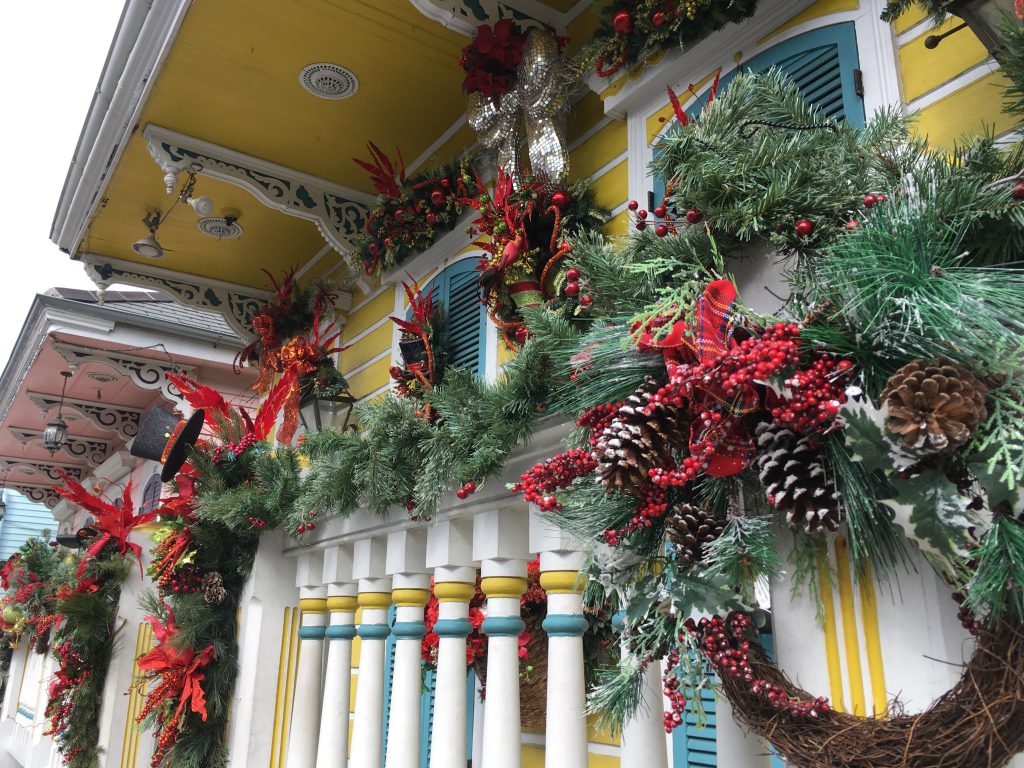
The ability to have safer streets, a non-service industry job and good places to eat, drink and shop are all benefits of gentrification and are all benefits that the Crescent City is experiencing first-hand. The influx of creatives with progressive ideals and up-beat Millennial attitudes makes the city more youthful, more active and ambitious, more interesting and also more white.
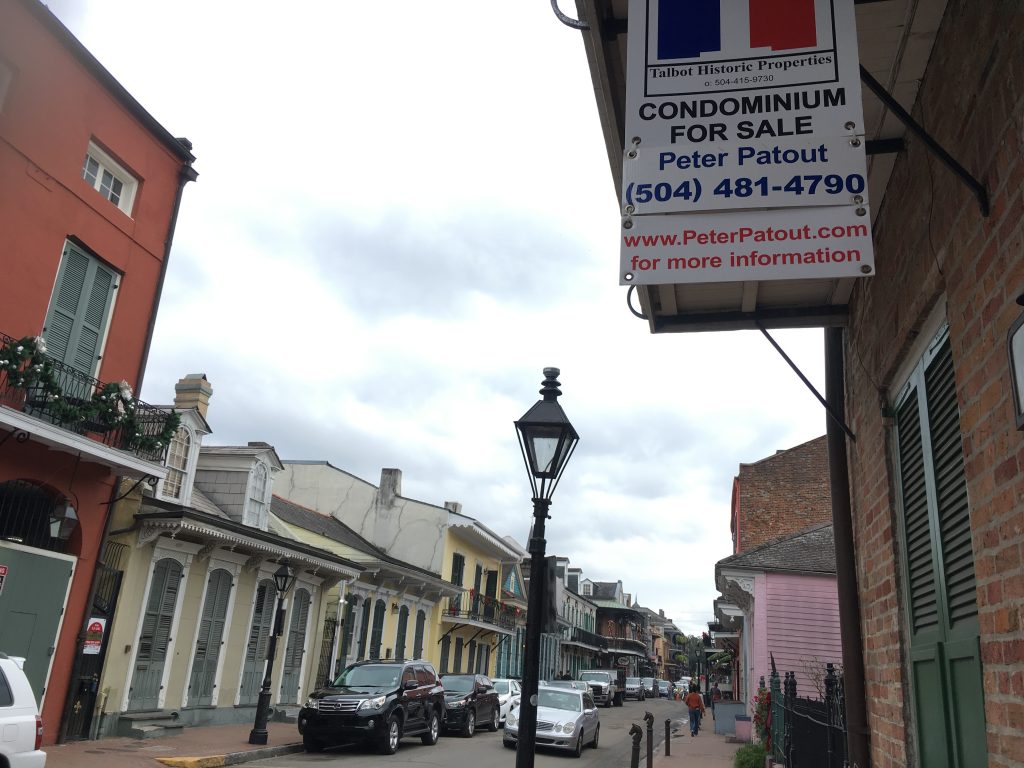
From Harlem to San Francisco and everywhere in between, this is becoming the urban American success story and for New Orleans, this path was spurred by the natural disaster of the century, which unwittingly – and literally – cleared the path for new development, abandoning old places, old people and poor enclaves that simply couldn’t contribute to or afford a more prosperous future.
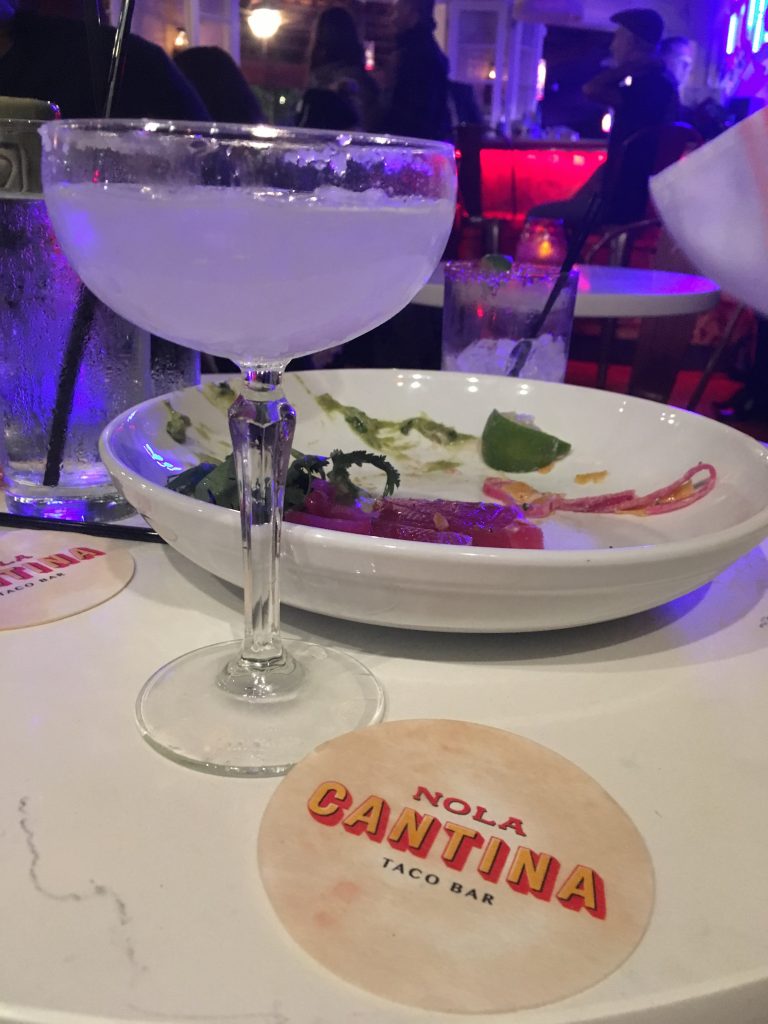
In the wake of the storm, redevelopment in the most cherished and profitable parts of the city exploded, like it never happened. And new faces and voices followed, redefining the city as a minor hub for fashion, film, music, art and makers of all types. Meanwhile, Charity Hospital – the city’s historic and singular medical facility for the poorest residents – remains a colossal ghost town, never re-opened despite relatively minimal damage.
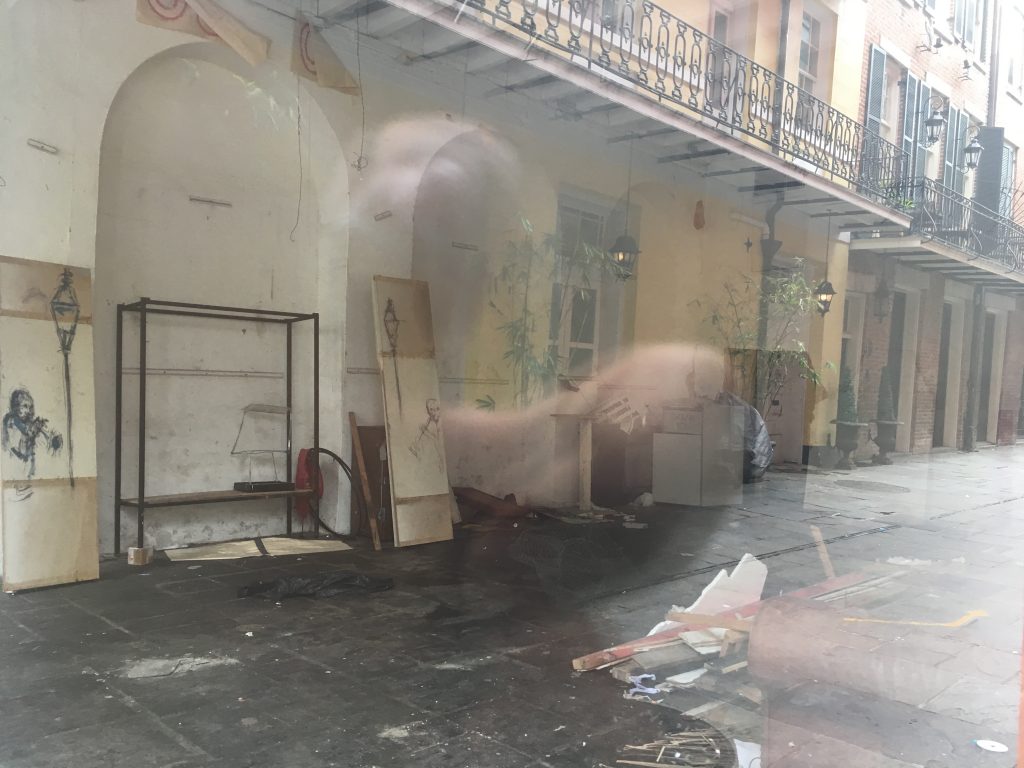
Charity is just one reminder of the desolation caused by Katrina. It’s estimated that half the city’s population never returned to full residency in the aftermath of the storm and by 2015, New Orleans was still at 80% of its pre-Katrina population(1). Since the disaster, the population gap that has been filled in part with gentrification-benefiting transplants. And why not, I’m tempted to say. A place as relevant and fascinating as New Orleans deserves to be lived in, enjoyed, optimized, leveraged for all the creative potential it creates in simply being.
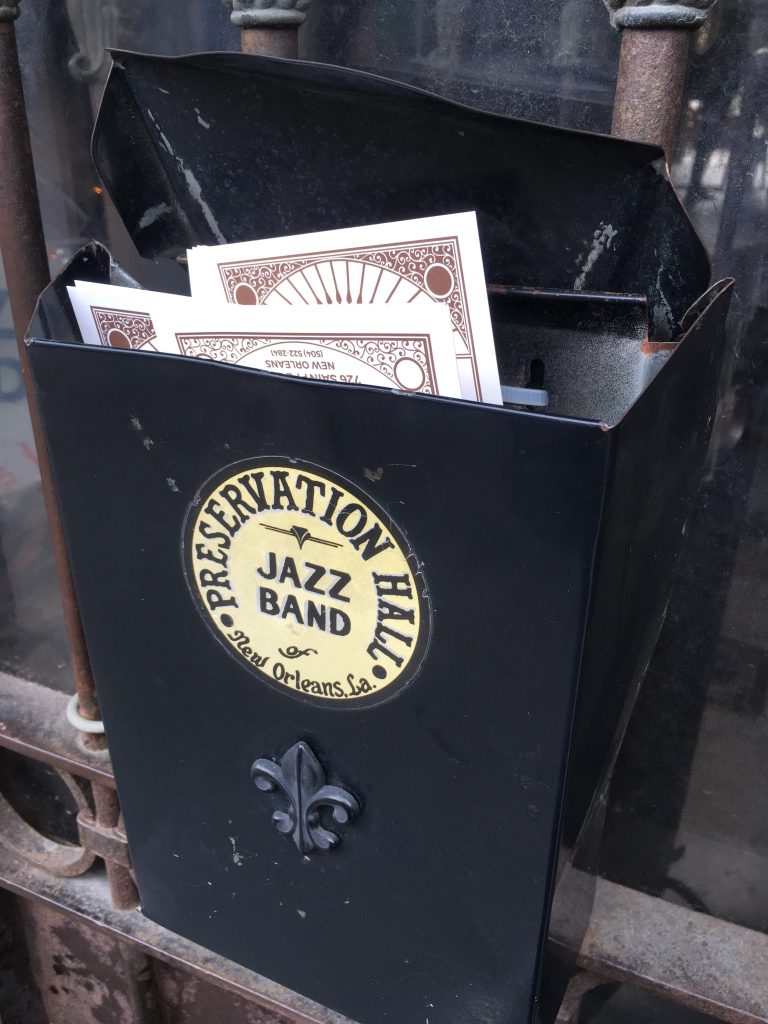
Since birth, I’ve lived in this place at least four times and never yet felt at home. Once I lived off Carrolton near Xavier. Once I lived uptown dangerously close to the Garden District but just on the outskirts so as to still be the ‘hood. Once I lived in the gloomy suburb of Metairie. Once I lived in the isolated cross-the-bridge town of Mandeville. All those places were never my places.
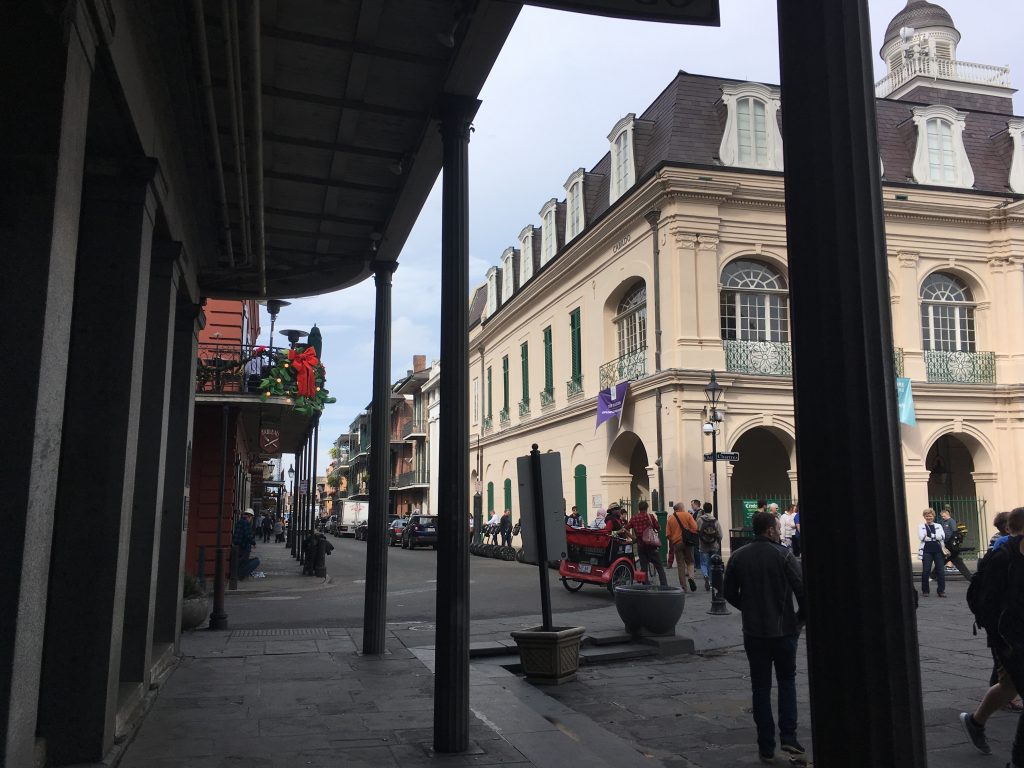
This time as I ate, drank, iPhoned and wandered around the Quarter that I used to know more intimately, I realized that I could learn to be at home – maybe even happy – in this nouveau New Orleans. But the truth is, if I moved back tomorrow, it may not be my first time as a local but I’d be just as much a gringo transplant as the next guy.
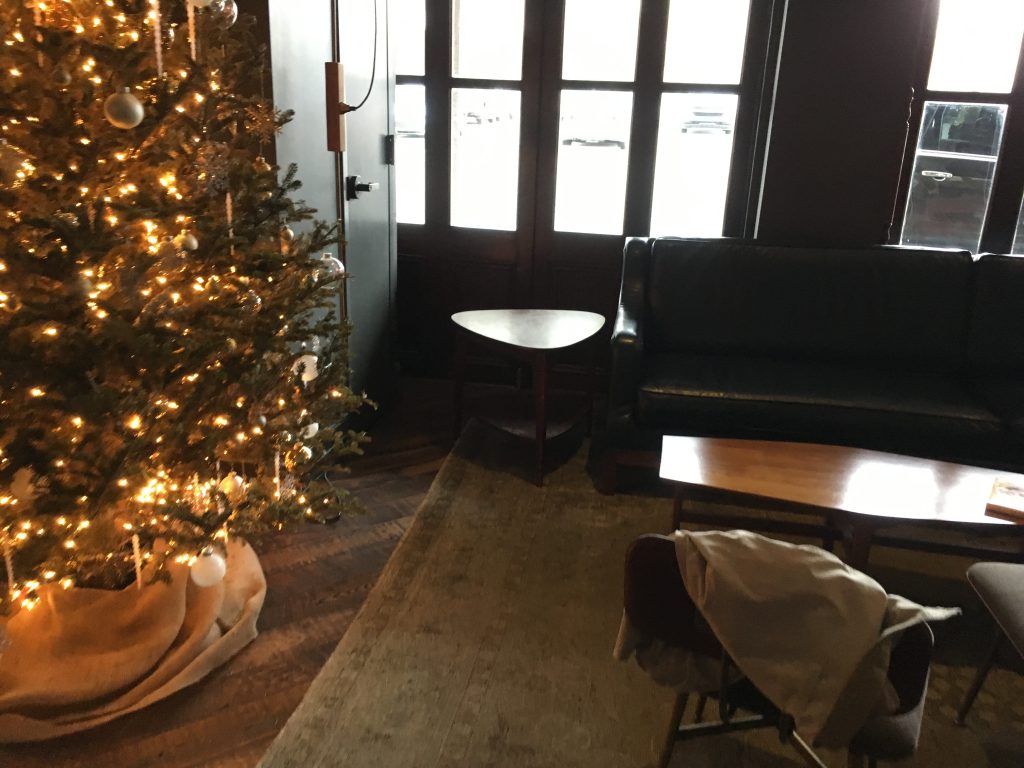
(1) Source: https://www.datacenterresearch.org/data-resources/katrina/facts-for-impact/

